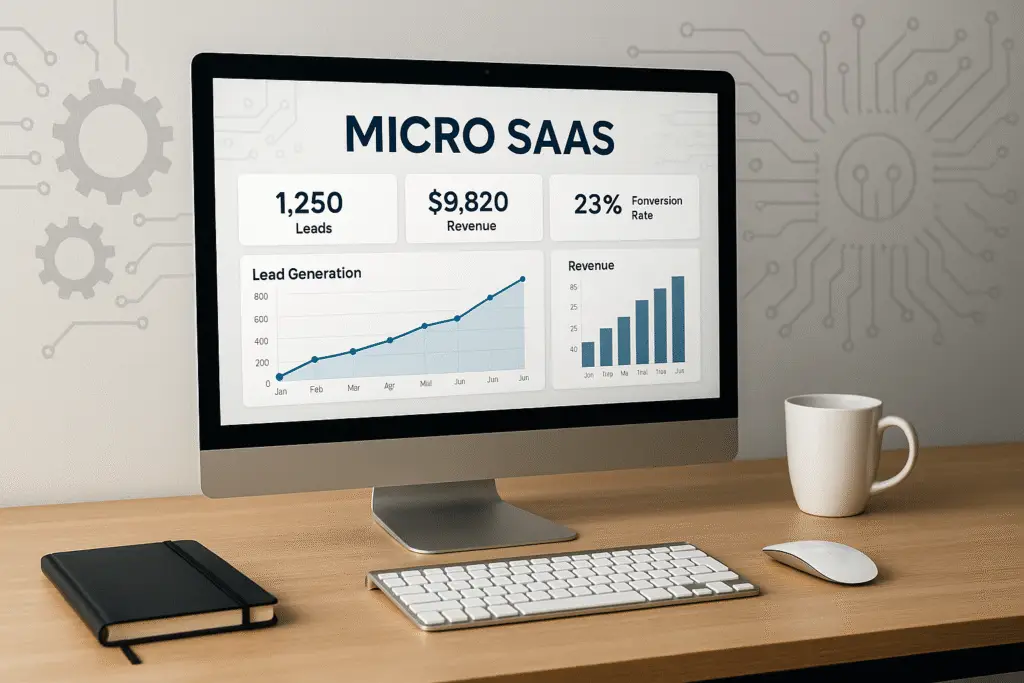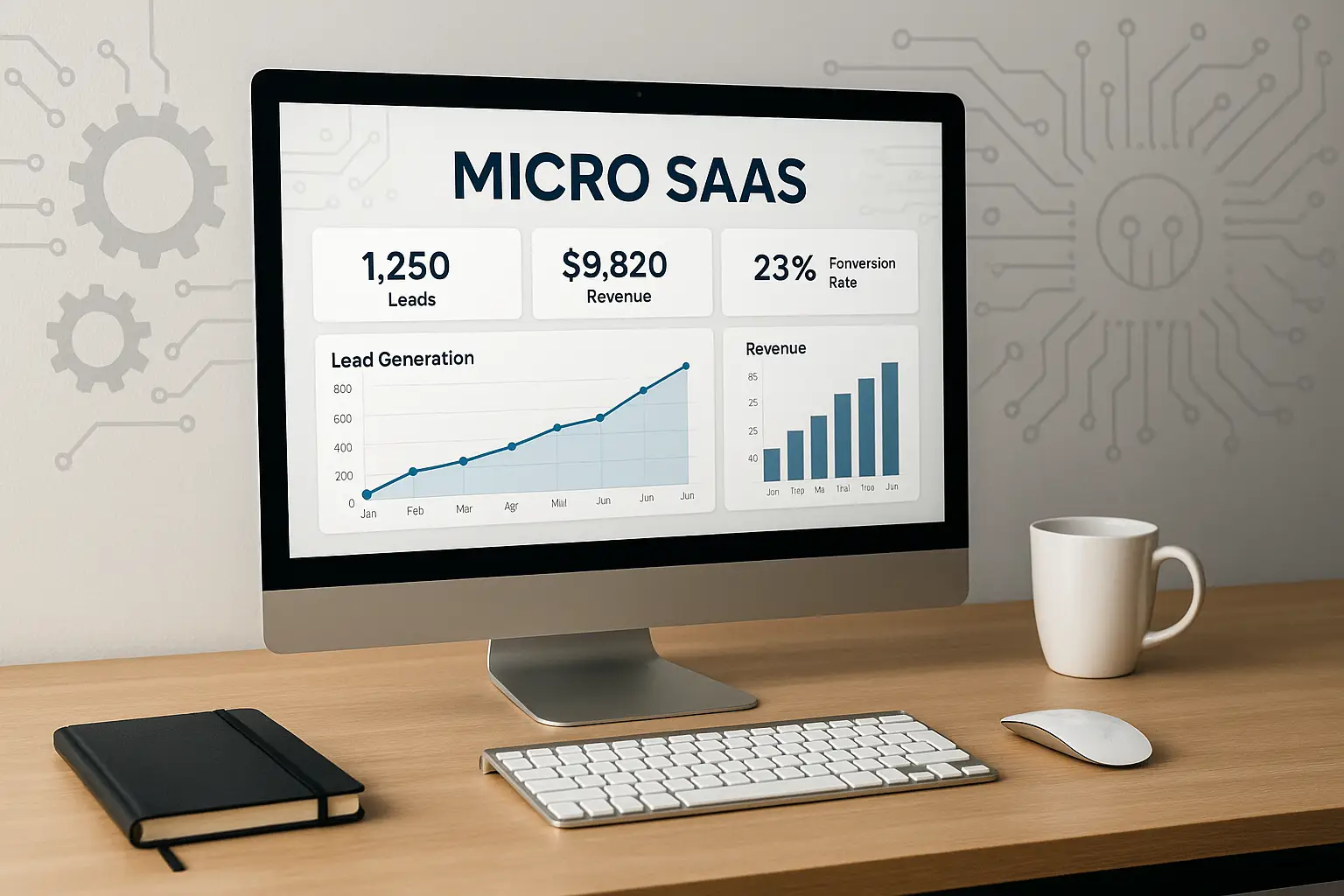Introduction: The Paradigm Shift in AI Automation
In the rapidly changing landscape of AI automation, traditional approaches may hinder business growth. Duncan, an expert in this field, asserts the need to rethink how AI automations are marketed and sold. He highlights that every automation you’ve built might actually be holding your business back. The conventional method requires you to seek out potential clients, pitch your services, and manually set up each automation for individual businesses. This model poses significant challenges, such as:
- Time-Intensive Setup: Each client requires personalized setup, including obtaining login credentials and configuring unique accounts.
- Scalability Issues: Your capacity to service clients is limited by the number of hours you can dedicate. Hiring more staff necessitates training and relationship-building, which adds complexity.
- Maintenance and Updates: If an automation system needs to be improved or encounters an issue, you must individually contact and service each client, consuming additional time and resources.
The Power of Micro SaaS: A Game Changer for AI Automation
Duncan introduces a shift towards the innovative concept of micro SaaS (Software as a Service). This model allows businesses to sell software on a subscription basis, creating predictable revenue streams and simplifying client interactions. With micro SaaS, instead of individually implementing solutions, clients come to you directly for the software they need, drastically increasing your capacity to serve more clients without additional workload.
Key benefits of transitioning to a micro SaaS model include:
- Effortless Client Acquisition: Once your application is operational, clients will seek you out, eliminating the need for extensive pitching and follow-ups.
- Enhanced User Experience: Rather than individually updating systems for each client, you can release updates to the core application, benefiting all users simultaneously. This leads to smoother operation and improved customer satisfaction.
- Recurring Revenue: Clients will pay you monthly for access to your application, creating a consistent revenue model.
Transforming Automations into Micro SaaS Applications
Duncan assures that if you have existing automations, it’s straightforward to convert them into a micro SaaS application. He recommends starting with platforms like n8n and Lovable.dev, which streamline the building process. To illustrate, Duncan demonstrates transforming a lead generation tool into a micro SaaS application. This tool efficiently scrapes leads, researches potential contacts, and drafts personalized messages based on user input.
By building a simple website that captures lead-seeking inquiries, clients can submit their requests through a form. The system uses web hooks to process this information and provides users with a CSV file of acquired leads and corresponding outreach messages via email. This end-to-end flow not only automates lead generation but also personalizes outreach, significantly boosting engagement rates.
Building Your First Micro SaaS: Setting Up the Lead Generation Tool
To transform your existing AI automations into scalable micro SaaS applications, you need to follow a systematic approach. Here’s a step-by-step breakdown of how to facilitate this transition using two specific platforms: n8n and Lovable.dev.
- Define Your Micro SaaS Idea: Start with an existing automation, such as a lead generation tool. This tool should be capable of executing workflows based on user input — in simple English — to generate relevant leads.
- Build a User-Friendly Interface: Create a website that includes form fields for users to submit their details along with their lead requirements, easily accomplished with Lovable.dev.
- Implement Web Hooks: Set up a web hook that connects your user form to your existing automation so user data can be sent for processing.
- Leverage Automation Tools: Use n8n to manage your backend automation processes and connect them to the web hook.
- Data Storage: Configure your automation to store lead data directly into a Google Sheets file.
- Scrape and Organize Leads: Implement a scraping mechanism using tools like Apify to retrieve relevant leads automatically.
- Send Notifications and Deliverables: Automate the email delivery of personalized messages and the corresponding CSV file to users.
- Design and Branding: Enhance the UI/UX of your application to ensure it looks professional and is easy to navigate.
- Pricing Strategy: Define a pricing model for your service, allowing users to choose from various tiers based on how many leads they want.
- Launch and Promote: After testing the application, publish your solution and begin driving traffic to your site.
Integrating Web Hooks for Seamless Data Handling
The concept of web hooks is central to creating an efficient micro SaaS application that connects user inputs to backend processes seamlessly. A web hook is essentially a URL endpoint that allows you to send data to another application and receive data in return.
To illustrate, let’s consider a practical example using a lead generation tool designed for various industries. The process begins when a user submits a form on your application. Once submitted, the web hook sends this data to your automation system, kicking off the workflow designed to deliver results based on the user’s input.
Implementing web hooks simplifies managing user inputs and centralizes updates and improvements. By connecting user inputs with backend processes effectively, you create a system that is easier to maintain and more scalable.
Creating a User-Friendly Experience with Lovable
In the realm of micro SaaS applications, user experience (UX) is paramount. A strong UX not only engages users but also enhances the overall effectiveness of your application. The Lovable platform is particularly powerful for creating user-friendly forms—essential elements that facilitate interaction and data collection from your clients.
For example, if you’re developing a lead generation tool, users can input their target audience preferences easily. Once the form is submitted, the web hook sends this data to your automation system to deliver results based on user input, ensuring users are informed throughout the process.
Pricing Strategies: Monetizing Your Micro SaaS Application
To successfully monetize your micro SaaS application, implementing effective pricing strategies is essential. A well-structured pricing model attracts more users and optimizes your overall revenue streams. Consider establishing tiered pricing levels to cater to various customer needs and budgets. You might offer packages based on the number of leads or additional features relevant to specific user groups.
Finalizing and Launching Your Micro SaaS Product
As you prepare for launch, it’s vital to understand the shift from selling individual AI automations to offering a micro SaaS model that generates predictable revenue. This transition allows you to scale efficiently and automate the client acquisition process, creating a sustainable and profitable business model tailored to the needs of your clients.
Tools Mentioned
- N8N: A powerful tool for creating automated workflows.
- Lovable.dev: Simplifies the process of building web applications and forms.
- Apify: Ideal for lead generation scraping to enhance your micro SaaS product.
Conclusion: Embrace the Future of AI Automation
Transitioning from traditional AI automation to micro SaaS can significantly enhance your business’s scalability and sustainability. By leveraging existing automations and modern SaaS platforms, you can cultivate a scalable, sustainable business that meets the evolving demands of your users.



